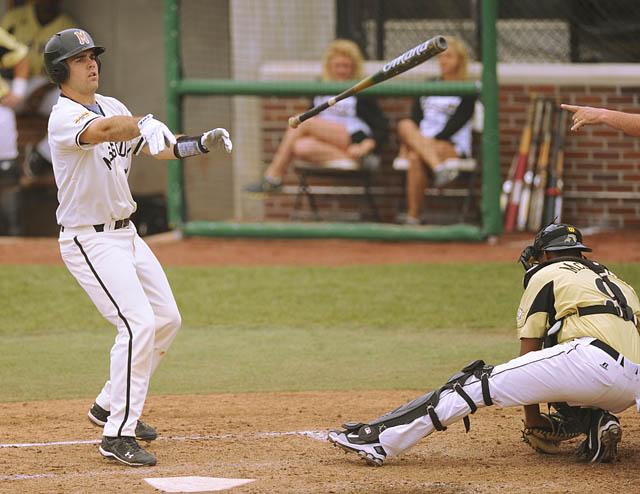MU’s Academic Progress Rate for student athletes has been on the rise in the last five years, according to a comprehensive study done by the NCAA.
U.S. Secretary of Education Arne Duncan said it is important for a coach to take the responsibility of making sure his athletes-both black and white, succeed on and off the field.
“Last year I proposed teams not on track to graduate should not have a chance at post season glory,” he said. “If you can’t manage to graduate half of your players, how serious is the coach and the program about their students’ success? As a coach you need to help them succeed on the court and in life.”
He said that while the majority of teams in the NCAA graduate over half of their athletes, some teams’ practices are unacceptable and they should not be rewarded for their bad behavior.
“Eight teams of this year’s tournament graduated 100 percent of their black and white students,” he said. “Why do we allow a program like Kansas State participate, that graduates 100 percent of white players but only 14 percent of their black players? That is not good enough.”
According to the NCAA, the Missouri men’s basketball team improved its Academic Progress Rate from 930 to 980 from 2004 to 2009; 1000 is the highest score a team can attain. Teams with a score below 925, the equivalent of a 50 percent graduation rate, may be penalized by loss of scholarships. Duncan said he believes teams with an APR less than 925 should be ineligible for post-season play. He said not being able to bring in post-season revenue would hurt their program and encourage them to clean up their act.
“Follow the money-these tournaments are a huge money maker for these schools,” he said. “If these teams wouldn’t be allowed to play if they didn’t improve their graduation rates, I guarantee there would be changes.”
In a previous interview with The Maneater, Joseph Scogin, assistant athletic director of Academic Services, said he thinks MU’s improved graduation rate in student athletes can be attributed to two programs implemented to ensure their success. One program, called The Freshman Transition program, helps students make the switch from high school to college and teaches them to balance the full-time job of being an athlete with their academic responsibilities. The other program, called Tigers for Tomorrow, helps students prepare for a post-college job. Scogin said many students are accepting their responsibilities and working hard to maintain a balance.
“I think what we have seen is a cultural change in the freshmen coming in,” Scogin said. “They now have seen the leadership of our seniors and the expectation that the students are taking care of their academic responsibilities.”
Richard Lapchick, director of the Institute for Diversity and Ethics in Sport, University of Central Florida, has done extensive research regarding racial equality in college sports and said although America’s overall graduation rate as a whole has increased, the disparity between black and white athletes’ graduation rates has actually increased.
“In 2010 we had 66 percent overall graduation rate of athletes, 91 percent white and only 59 percent black,” he said. “That’s an increase from a 22 to 32 percent disparity between black and white graduation rates since 2006.”
Jealous said although there is much speculation on whom to place the blame for poor graduation rates of black athletes, the ultimate responsibility lies with the coach of the team.
“In any equation you have constants and variables,” he said. “The constant in this situation is kids coming in with bad backgrounds-the variable is the leadership and what results from that. We should control the variable and make sure the coaches help these kids succeed.”








